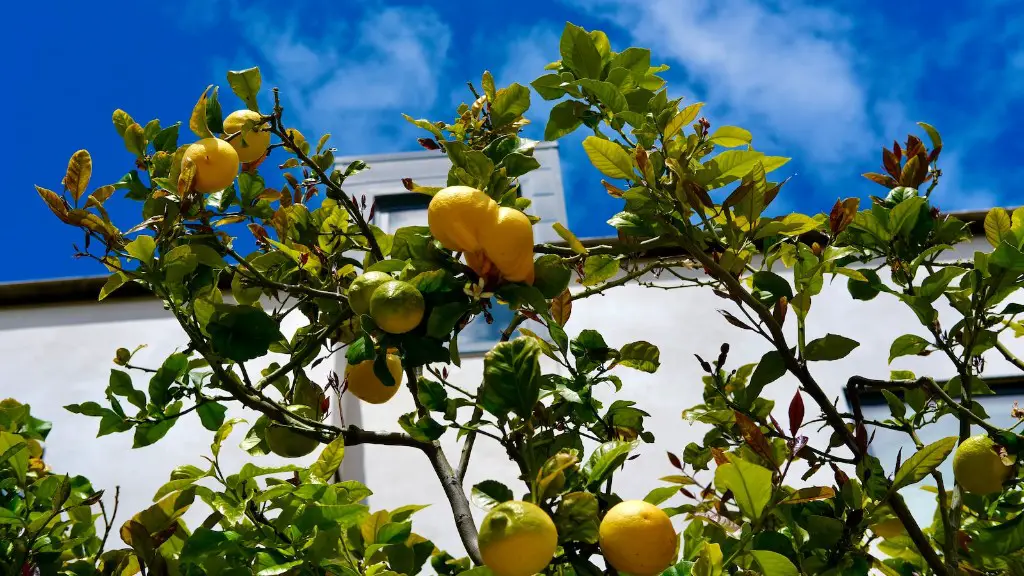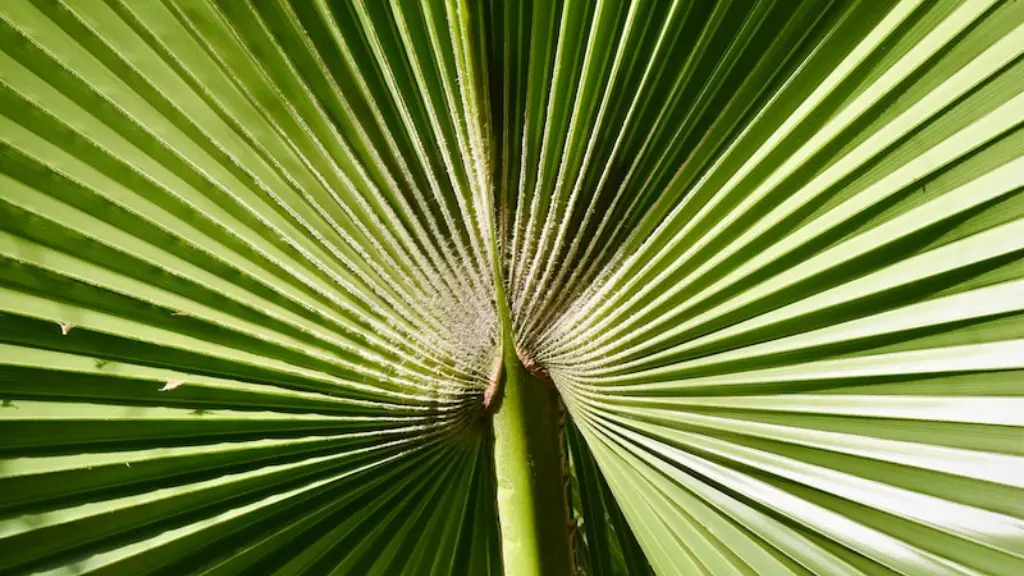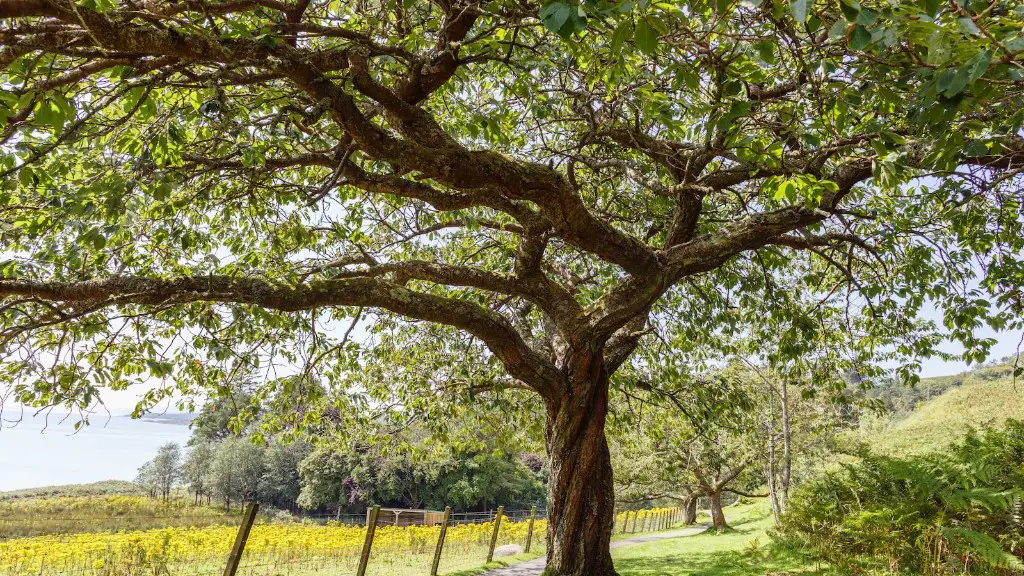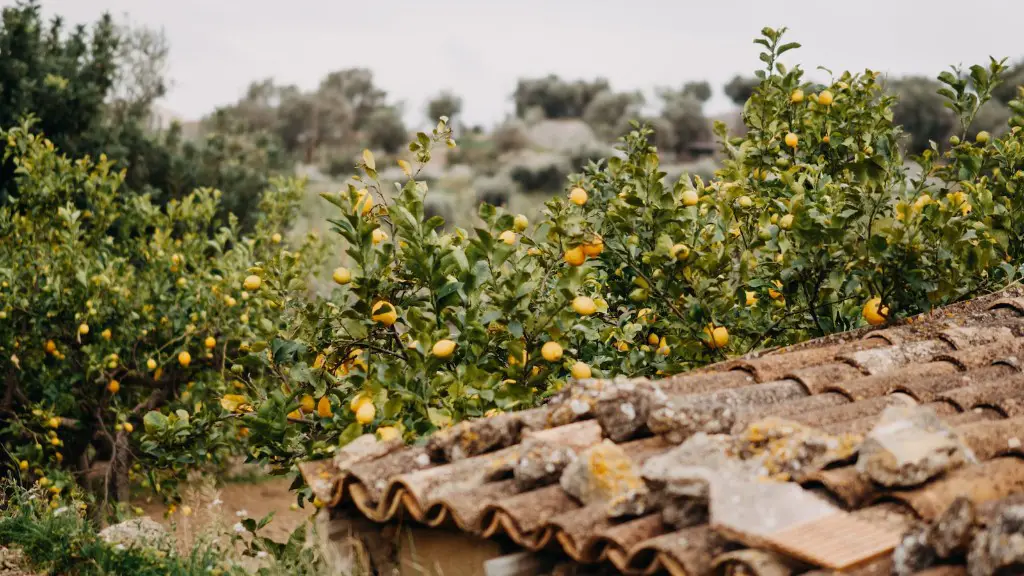Creating a bonsai apple tree requires preparation, technique, and patience. Here, we’ll discuss how to craft a beautiful bonsai apple tree that’ll bring joy and satisfaction to your home or garden.
Firstly, you need to purchase a small apple tree, preferably one that’s still young and malleable. If you can’t find one, you can use regular-sized branches and root them. Once you have the tree, gently prune it to shape it into a bonsai form.
Next, you’ll need some bonsai soil, which is specifically made for bonsai trees. This soil is composed of a combination of baked clay, soil, and other materials, and is designed to provide the tree with fertilizer, moisture, and manage its weight.
Next, you need a bonsai pot or container for your bonsai apple tree. It’s best to purchase a shallow, wide-rimmed pot that allows maximum sunlight exposure for your tree, as well as providing proper balance for the tree.
In order to create a stunning bonsai apple tree, you’ll need the proper wiring. This involves wrapping special aluminum wires tightly around the branches and trunk to hold them in place. It can be tedious work, but it’s essential for shaping the tree into the desired form.
The next step is to place the bonsai tree in its pot. Put the tree in one corner of the pot, and then mix the soil around it. Squeeze the soil firmly around the tree, and be sure to leave some drainage space around the edges of the pot.
Lastly, care for your bonsai apple tree by providing it with lots of sunlight and water. You can use a spray bottle to lightly mist the entire tree on a regular basis. If the soil becomes dry, water the tree deeply, until you see runoff coming out of the drainage holes at the bottom of the pot.
Fertilizing and Pruning
Fertilizing your bonsai apple tree is essential, since apple trees require nutrients in order to properly grow. Use a specially-formulated fertilizer that’s made specifically for bonsai plants and apply it every few weeks.
Pruning is also essential, since it helps to keep your bonsai apple tree in shape. Use small shears to gently trim away any excess or unwanted branches, or any dead twigs. This will ensure that the branches remain healthy, and won’t overgrow or become overcrowded as the tree matures.
When pruning, always cut away from the main shoots, and never cut too much at once. Aim for a healthy ratio of two-thirds live branches and one-third dead or unneeded branches.
Also, be sure to maintain the basic shape of your bonsai tree by removing any competing shoots and branches that start growing upwards. The bonsai apple tree should be cylindrical in shape, as this will give it an attractive and balanced look.
Furthermore, you should also check your tree routinely for any signs of disease, such as brown spots or yellowing leaves. If you see any symptoms of illness, address them right away and apply any necessary treatments.
Lighting and Temperature
Living in an artificial environment can be challenging for an apple tree. To avoid problems, be sure to provide your bonsai tree with plenty of sunlight. Place it outdoors in the sun, or use a grow light to supplement the light it receives from the sun.
Temperature is also an important factor in bonsai cultivation. Generally, bonsai apple trees prefer to grow in temperatures between 55°F and 75°F. So, it’s best to keep your tree far away from any areas where extreme temperature changes can occur, such as near a vent or directly next to a window.
Also, make sure to keep the air around your bonsai apple tree humid. You can place the pot near a bowl of water, or use a humidifier. This will help keep the tree moist, and reduce the stress of living in a climate that doesn’t replicate its natural environment.
Finally, you should move your bonsai tree indoors during the winter months, as outdoor temperatures can become too cold for the tree. You can also use a hot bed to mimic the spring season for the duration of the winter months.
Repotting and Training
Repotting is necessary every few years in order to provide your bonsai apple tree with fresh soil and new nutrients. Since apple trees can become rootbound, it’s important to repot the tree in a larger pot if it begins to outgrow its current home.
Training is also important in order to maintain the shape of your bonsai tree. Thanks to the aluminum wires, you can easily move individual branches into the desired shape. Simply adjust the wires as needed, and be sure to check back in a few days to make sure they are still tight.
In addition to wiring, you’ll need to prune the tree regularly to maintain its bonsai shape. Cut away any excess or unwanted branches; and remove twigs or branches that are competing for the main shoots and trunk.
You can also prune low-growing shoots and foliage to give the tree a compact, miniature look. And in addition, don’t be afraid to pinch off new shoots that are growing too tall and are exceeding the height of your tree.
Lastly, bonsai plants require plenty of patience. If you take your time and give it the attention it requires, your bonsai apple tree will reward you with a beautiful and unique addition to your home or garden.
Design and Display
When it comes to design, you can create a unique look for your bonsai apple tree by adding fishing line and wired rocks to the pot. This will give the tree a unique, intricate look and aesthetic.
Also, you can use stones, wood, and other items to create a visually pleasing base for the tree. The stones can also act as a drainage layer, as well as a moisture-retaining layer in the soil.
In addition, don’t forget about the display aspect of your bonsai tree. Consider your home’s décor and how a bonsai tree will fit into the design and ambiance. Place the tree on a stand or table, and make sure it gets enough natural light.
Also, remember to rotate the tree every few days to ensure that all of its sides get equal sunlight exposure. This will help ensure your bonsai tree stays symmetrical and grows in a healthy manner.
Lastly, consider adding decorations and furniture around the tree, such as miniature windmills, benches, and other tiny items. This will create a beautiful display, and draw attention to your bonsai apple tree.
Maintenance and Care
When it comes to maintenance, caring for your bonsai apple tree can be simple and straightforward. The key is to keep the soil moist, and provide it with plenty of fertilizer and sunlight.
You should also inspect the tree routinely for any signs of disease, and make sure to trim away any dead twigs or unwanted branches. Pay special attention to the tree during the winter months, and keep it inside in a warm, humid environment.
In addition, keep in mind that apple trees can attract pests such as aphids and whiteflies. If you notice signs of infestation, use an insecticidal spray to get rid of these pests.
Also, you should trim the tree as necessary in order to keep it in its desired shape. Be sure to use a sharp pair of shears, and never cut away too much at once.
Finally, be sure to check the pot regularly to make sure the soil is draining properly, and that there are no roots that are growing out of the drainage holes. Otherwise, your bonsai tree won’t be able to soak up water and will become rootbound.





